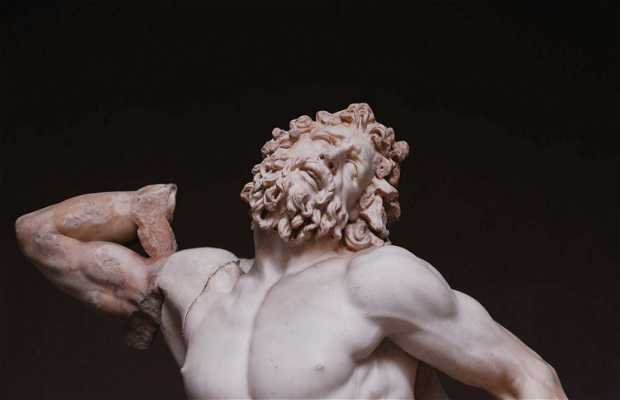Trotamundos
Sculptural Laocoon Group
The museum was created by popes Clement XIV (1769-1774) and Pius VI (1775-1799) to gather the most important Greek masterpieces preserved in the Vatican. For example, the famous Laocoon Group - a Roman copy from the 1st century AD of an original Greek bronze of the 2nd century BC and works by Hagesandros, Athanadoros and Polydoros - found in 1506 on the Esquiline Hill, rome. The Laocoon Group enjoyed great admiration by Michelangelo and was acquired by Julius II who placed it in the Vatican. It depicts the Trojan priest Laocoon who warned his countrymen about the deception of the wooden horse left
By the Greeks, sparking the ire of Athena that condemned them to die along with their children, victims of snakes emerging from the sea.
Read more



+3





